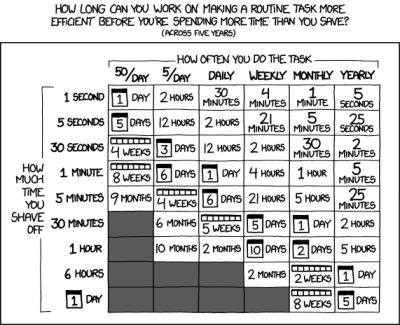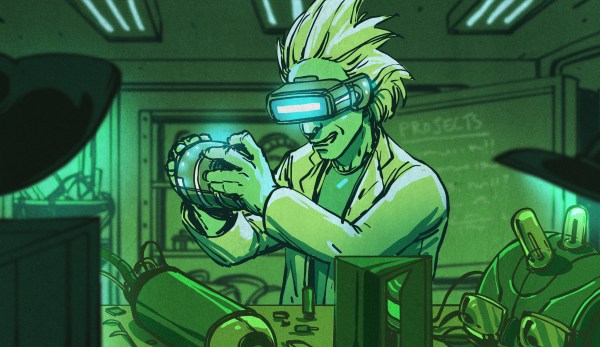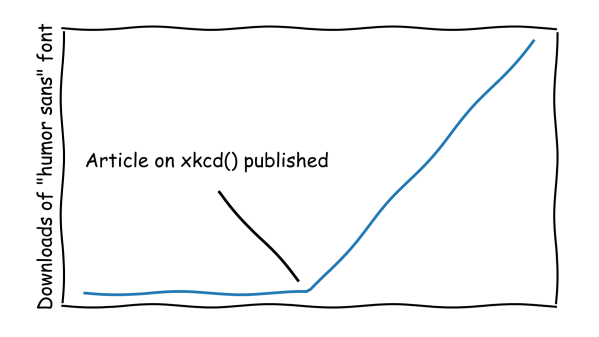The short answer to the question posed in the headline: yes.
 For the long answer, you have to do a little math. How much total time you will save by automating, over some reasonable horizon? It’s a simple product of how much time per occurrence, times how many times per day it happens, times the number of days in your horizon. Or skip out on the math because there’s an XKCD for that.
For the long answer, you have to do a little math. How much total time you will save by automating, over some reasonable horizon? It’s a simple product of how much time per occurrence, times how many times per day it happens, times the number of days in your horizon. Or skip out on the math because there’s an XKCD for that.
What’s fun about this table is that it’s kind of a Rorschach test that gives you insight into how much you suffer from automatitis. I always thought that Randall was trying to convince himself not to undertake (fun) automation projects, because that was my condition at the time. Looking at it from my current perspective, it’s a little bit shocking that something that’ll save you five seconds, five times a day, is worth spending twelve hours on. I’ve got some automating to do.
To whit: I use pass as my password manager because it’s ultimately flexible, simple, and failsafe. It stores passwords on my hard drive, and my backup server, encrypted with a GPG key that I have printed out on paper in a fireproof safe. Because I practice good cookie hygiene, I end up re-entering my passwords daily. Because I keep my passwords separate from my browser, that means entering username and password by cut-and-paste. There’s your five seconds, five times per day. Maybe two seconds, ten times, but it’s all the same. It shouldn’t take me even as long as twenty minutes to whip up a script that puts username and password into selection and clipboard for one-click pasting. Why haven’t I done this yet? I’m going to get on it as soon as I’m done with this newsletter.
But the this begs the question. If you spend up to twelve hours on every possible 25-second-per-day savings, when will you ever get your real work done? Again, math gives us the answer. One eight-hour workday * 25 seconds * 12 hours (pessimistically) of labor = 1.58 years before everything that needs automating will be. Next week’s newsletter might be a little bit delayed.
What do you see in the XKCD “Is it worth the time” table? Automate more, or step back from the cliff edge?


















